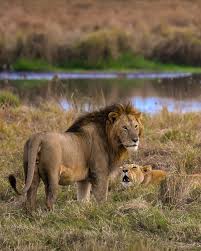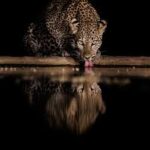Kenya is known for its iconic wildlife, from the Big Five to the Great Wildebeest Migration. However, beyond the well-trodden safari paths, there are hidden seasons that reveal lesser-seen wildlife moments. These unique periods give visitors a chance to witness behaviors and species that many tourists never experience.
For example, early rains in some regions trigger a surge in insect activity, attracting migratory birds that are otherwise hard to spot. Similarly, the dry season forces animals to gather around scarce water sources, offering rare encounters with elusive species like serval cats or pangolins. These lesser-seen wildlife moments highlight the adaptability and resilience of Kenya’s diverse ecosystems.
Photographers and nature enthusiasts often plan trips around these hidden seasons. Dawn and dusk are particularly rewarding, as predators emerge for hunting and nocturnal species retreat from hiding. Observing these patterns requires patience and a guide with local knowledge.
Moreover, lesser-seen wildlife moments are not limited to animal sightings. Seasonal plant blooms, ephemeral wetlands, and temporary nesting grounds create vibrant landscapes that transform the safari experience. For instance, flowering acacia trees attract both insects and birds, while ephemeral pools provide critical breeding grounds for amphibians.
Embracing these hidden seasons encourages sustainable tourism. Fewer crowds during these times mean reduced environmental impact, while providing local communities with income year-round. It also fosters a deeper connection with nature, allowing travelers to witness the subtle rhythms of life that often go unnoticed.
In conclusion, seeking out Kenya’s hidden seasons offers more than just wildlife sightings. It provides an intimate glimpse into the country’s rich biodiversity, revealing lesser-seen wildlife moments that make every safari journey truly unforgettable.


